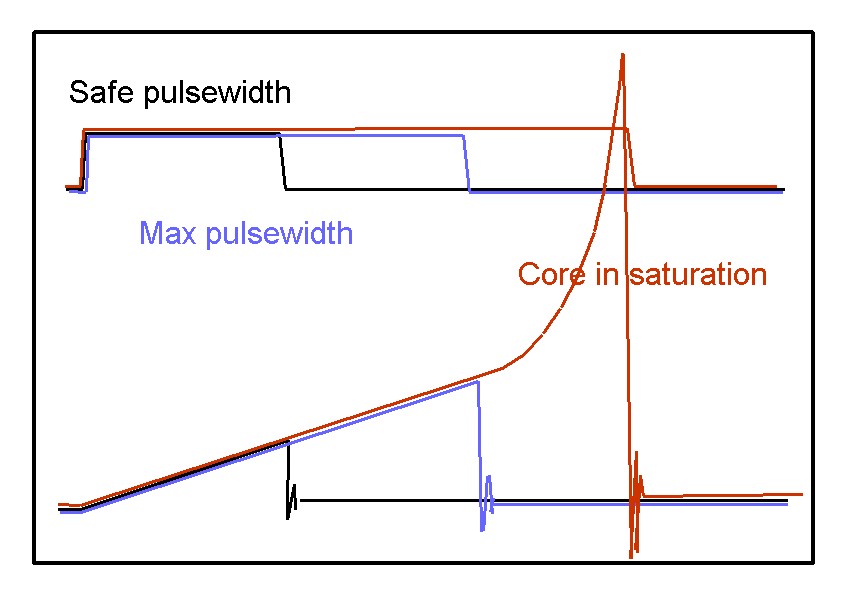Solid State Generator Update and some Battery queries (Part 2)
In a simple test, and running at only 2kHz, the battery being charged rose from 12.7V to 15.8V in about 8 seconds and then I could hear gassing inside. This was a battery that was new and had not been used before. For a battery that was about 75% charged the voltage rose from 12.6V to 14.3V in a similar time. Clearly the state of the battery and its chemistry regulates the input of energy to some degree (probably due to the varying impedance) and in the former case the circuit current dropped to around 0.2A compared to about 0.4 A with the partly discharged battery.
I have been searching the forum for information on battery management and charging but have not really found what I am looking for so I am going to put out these questions and see what comes back.
1. Is it more effective to direct the charging pulses to all three batteries equally in parallel, where the internal impedance will direct the energy to where it is needed most, or in series? My present plan is not to switch the HV pulses but to direct them to both sets of three batteries simultaneously and allow the fact that one set will receive them well (since it is not in discharge mode) and the other set will not as they are in discharge mode while they are powering the circuit and load. The answer to this will determine my design of the final battery switching module.
2. Is it essential to cycle an SLA battery with a conventional charger before charging them with ZPE as I have read somewhere? Three of my six batteries are as yet untouched by pulse charging while the other three have been subjected to ZPE charging straight 'out of the box'.
3. Is it possible to damage a battery by feeding it continuously with the HV pulses? Conventional lore proposes a three stage charging process (Bulk, Absorption and Float charging) and to bring the voltage down from 14.4 to 13.4 for the last Float stage and which can be continued indefinitely. It is said that keeping the voltage up at 14.4 or above (15.8V in my case) past the Absorption stage for a long time can damage the battery, especially if continued gassing is maintained and where an SLA battery can't chemically reprocess all of it. Maybe charging with ZPE has a self regulatory property that prevents damage?
Well there you have it so far. If anyone would like more detailed information on any part of my design or build please just ask. I will be writing it all up in the new year and sharing that document and photos etc but there could be people contemplating this type of generator now. It certainly grabbed my attention and I have thoroughly enjoyed the journey so far, one made a lot easier by having built the rotor based generator first.
Jules
In a simple test, and running at only 2kHz, the battery being charged rose from 12.7V to 15.8V in about 8 seconds and then I could hear gassing inside. This was a battery that was new and had not been used before. For a battery that was about 75% charged the voltage rose from 12.6V to 14.3V in a similar time. Clearly the state of the battery and its chemistry regulates the input of energy to some degree (probably due to the varying impedance) and in the former case the circuit current dropped to around 0.2A compared to about 0.4 A with the partly discharged battery.
I have been searching the forum for information on battery management and charging but have not really found what I am looking for so I am going to put out these questions and see what comes back.
1. Is it more effective to direct the charging pulses to all three batteries equally in parallel, where the internal impedance will direct the energy to where it is needed most, or in series? My present plan is not to switch the HV pulses but to direct them to both sets of three batteries simultaneously and allow the fact that one set will receive them well (since it is not in discharge mode) and the other set will not as they are in discharge mode while they are powering the circuit and load. The answer to this will determine my design of the final battery switching module.
2. Is it essential to cycle an SLA battery with a conventional charger before charging them with ZPE as I have read somewhere? Three of my six batteries are as yet untouched by pulse charging while the other three have been subjected to ZPE charging straight 'out of the box'.
3. Is it possible to damage a battery by feeding it continuously with the HV pulses? Conventional lore proposes a three stage charging process (Bulk, Absorption and Float charging) and to bring the voltage down from 14.4 to 13.4 for the last Float stage and which can be continued indefinitely. It is said that keeping the voltage up at 14.4 or above (15.8V in my case) past the Absorption stage for a long time can damage the battery, especially if continued gassing is maintained and where an SLA battery can't chemically reprocess all of it. Maybe charging with ZPE has a self regulatory property that prevents damage?
Well there you have it so far. If anyone would like more detailed information on any part of my design or build please just ask. I will be writing it all up in the new year and sharing that document and photos etc but there could be people contemplating this type of generator now. It certainly grabbed my attention and I have thoroughly enjoyed the journey so far, one made a lot easier by having built the rotor based generator first.

Jules




Comment